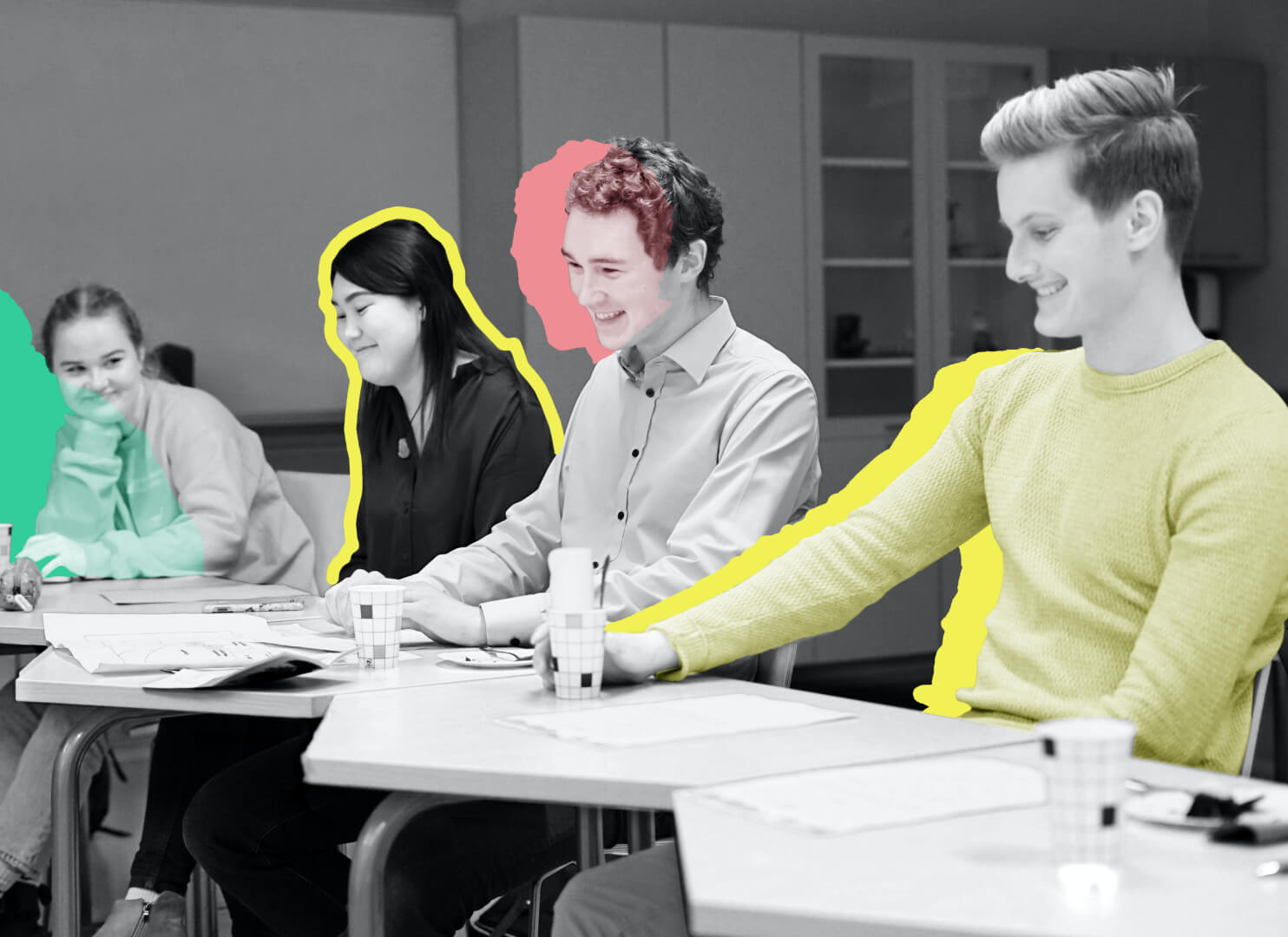NEGOTIATION SKILLS
In their daily lives, students come across many situations involving conflict. This happens not only at school, but in all other areas of their lives as well. For this reason it’s essential that children and teens learn to solve conflicts peacefully and in ways that are fair to all sides. The national curriculum for middle school (junior high) and high school in Finland requires allowing students to practise critical thinking, negotiating and discussion skills and conflict resolution.
The simulations included here for developing students’ negotiating skills emphasize the importance of cooperation, innovation, open-mindedness and the avoidance of prejudice, and equality and inclusiveness. The simulations require students to respect the concerns of all sides in a conflict. They learn to bring together various, often competing views. In general, the simulations help students to think critically and develop the ability to think on their feet when faced with any sort of conflict. They learn to respond to difficult situations peacefully, confidently, and constructively.
The exercises can be downloaded in PDF format from the links below.

